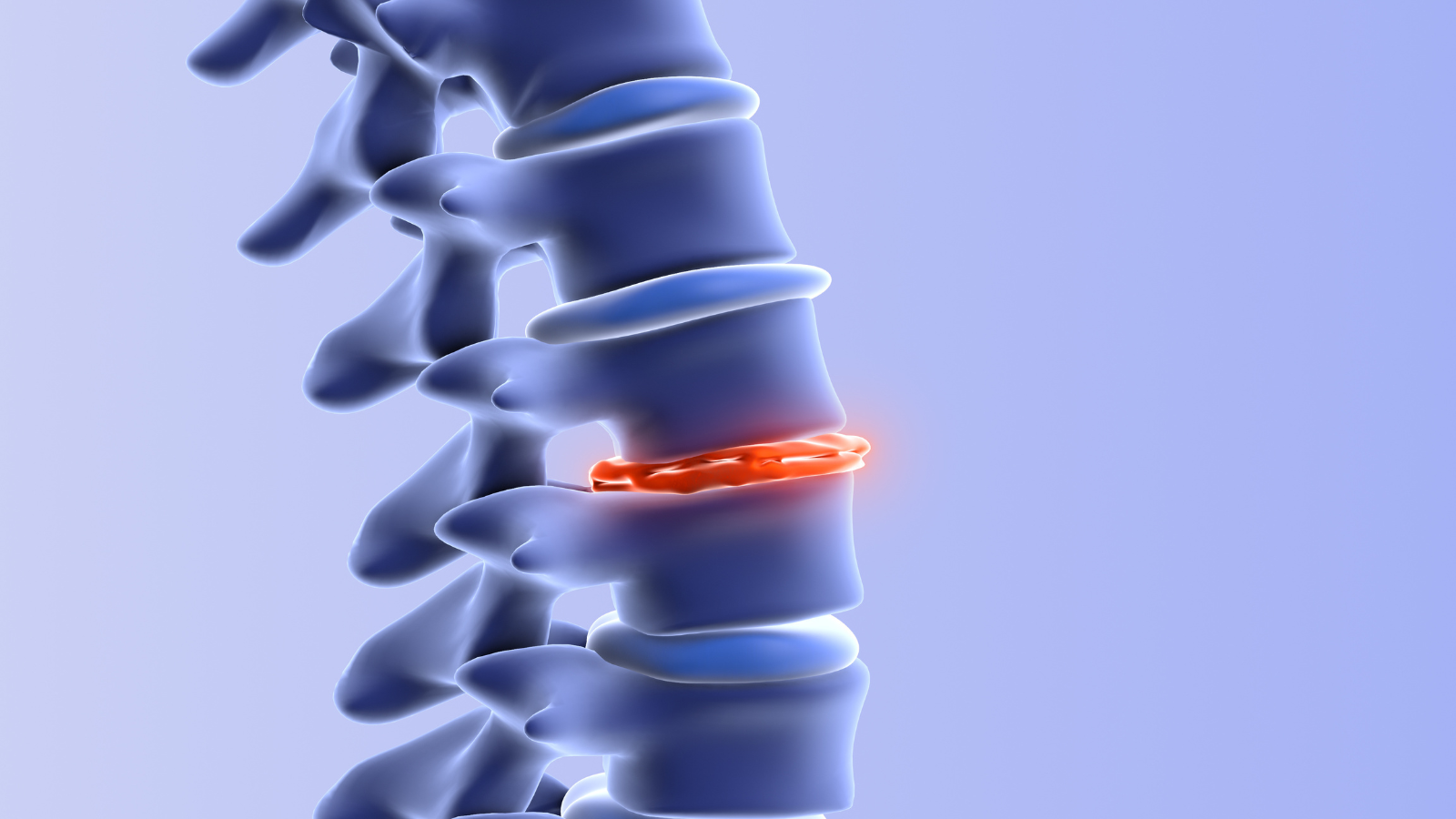Spinal Fusion for Degenerative Disc Disease


As humans age, wear-and-tear on spinal discs can lead to back and neck pain. This condition is commonly referred to as degenerative disc disease – which typically causes chronic pain and frequent episodes of severe pain. To treat this condition, a physician may recommend a spinal fusion, a type of spine surgery for back pain.
A spinal fusion is a surgical procedure that is performed to reduce spine pain, weakness and instability. The procedure uses specialized implants to stabilize the vertebrae and bone graft material to establish a connection between two or more vertebrae. The procedure will eliminate excessive motion of the spine and restore spinal strength and stability.
A spinal fusion can help alleviate pain, numbness, weakness and more. Most commonly, spinal fusion is performed to eliminate back pain or neck pain.
Spinal fusion can treat conditions that affect your vertebrae or the joints that support and connect your vertebrae. These conditions may include:
Spinal fusion eliminates motion between vertebrae and can prevent the compression of the spinal nerves and the spinal cord. The procedure is typically an option when excessive motion is the source of pain, such as movement that occurs in a part of the spine that is arthritic or unstable due to injury, disease, or the normal aging process.
If you have leg pain or arm pain in addition to back pain, your surgeon may also perform a decompression (laminectomy) procedure. This procedure involves removing bone and diseased tissues that are putting pressure on spinal nerves.
While spinal fusion will take away some of your spine’s flexibility, most spinal fusions involve only small segments of the spine and do not typically greatly limit motion. The majority of patients will not notice a decrease in their range of motion.
Since each patient’s condition is unique, your surgeon will discuss whether your specific spinal fusion procedure will impact your spine’s flexibility or range of motion.
After the procedure, you will likely experience some postoperative pain. This is a natural part of the body’s healing process. Most patients are able to stand and walk the same day of their procedure or the following day. Your physician will work with you on how to best reduce your pain and improve recovery. Some patients will require oral pain medications to maintain their comfort. Typically the postoperative pain will last for around 1 week and will begin to improve on its own day by day.
Studies have shown that spinal fusion typically has a high rate of success, with levels ranging from 70-95% depending on the procedure type being used.
It is important to remember that the spinal fusion recovery process takes time and it may be a few months until the bone is once again completely solid. During the stages of recovery, your symptoms will gradually improve and you will be able to increase your activity level. Maintaining a healthy lifestyle and following your physician’s instructions will greatly increase your chances for a highly successful outcome.
For patients that may need a spinal fusion procedure for degenerative disc disease, it is important to speak with a physician who is experienced in properly treating the condition. For more than 25 years, the highly-skilled team at New Jersey Brain and Spine have helped more than 40,000 patients with complex spine and neurological conditions.
We make our patient’s personalized care journey as easy as possible, from explaining your condition and treatment, to coordinating all aspects of your care and recovery. To schedule an appointment, contact us today at 201-342-2550, option 3.